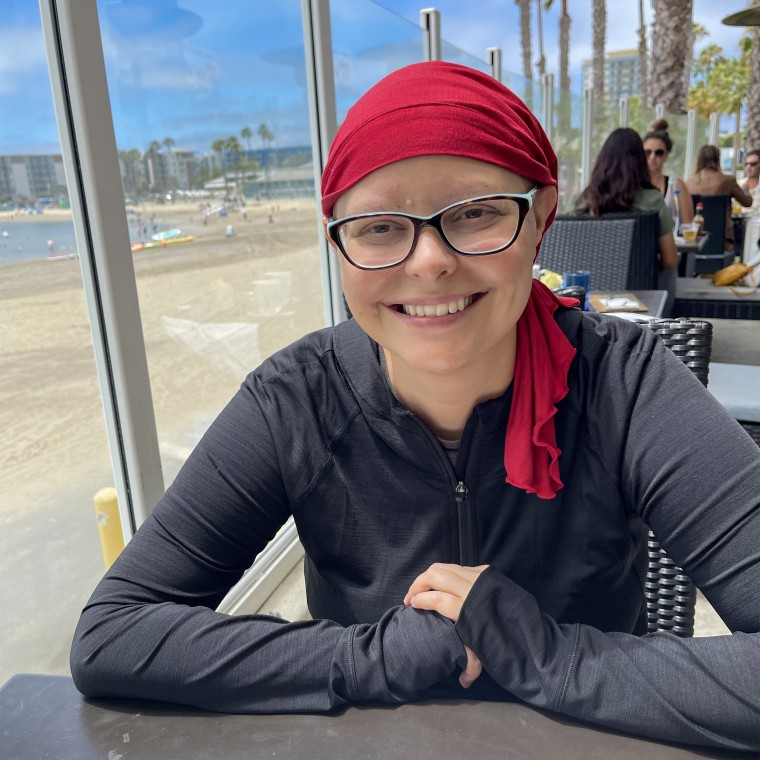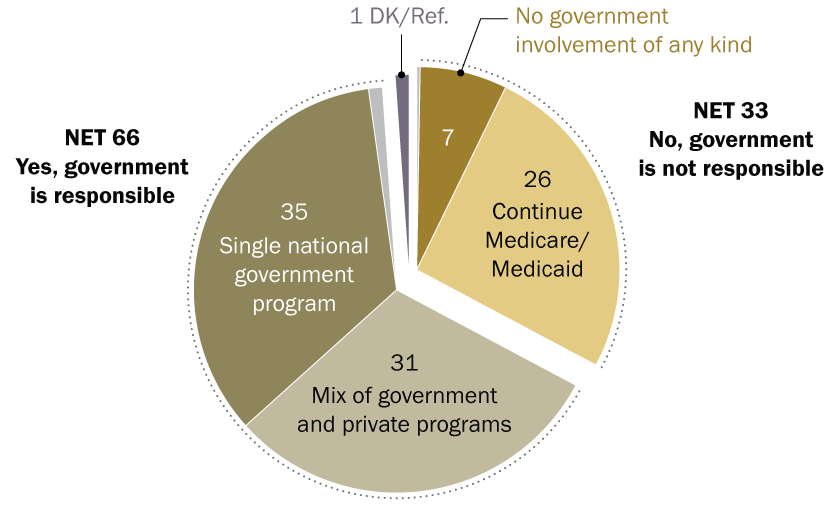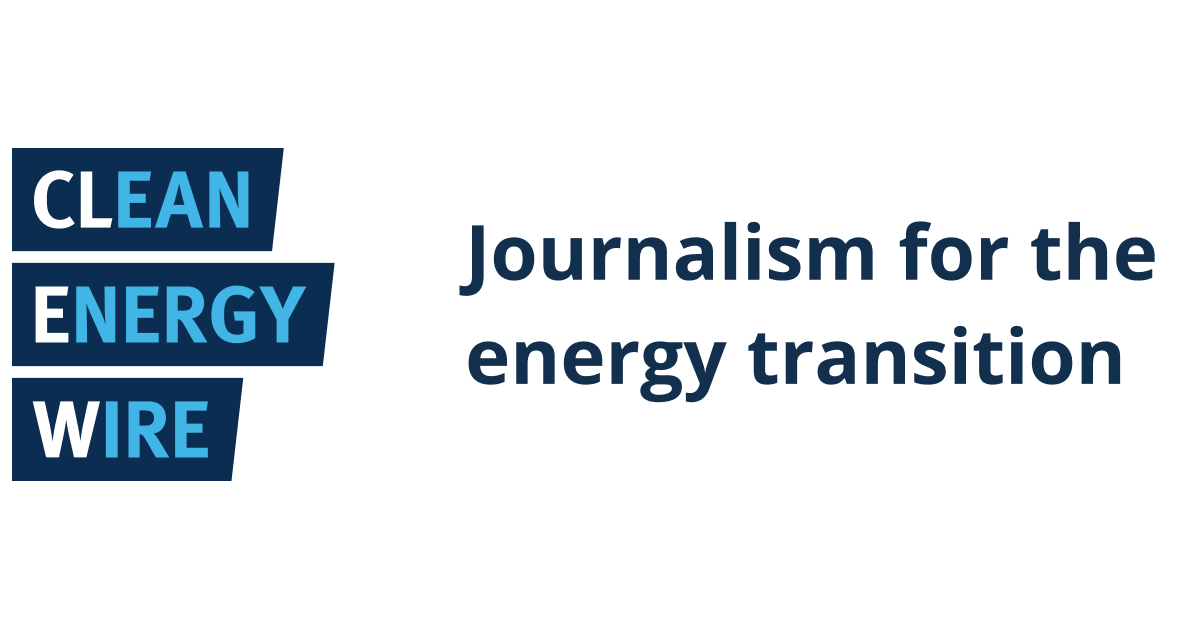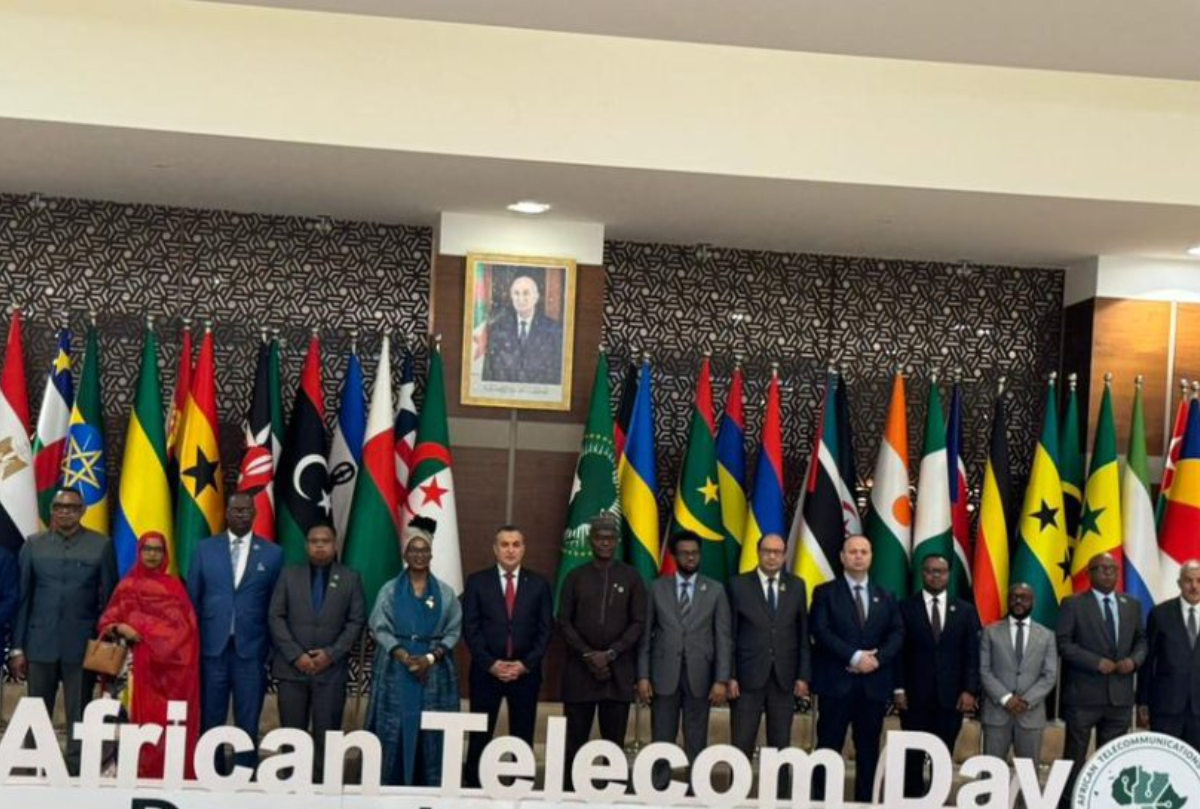NEMA calls for proactive disaster risk reduction in Nigeria’s Ondo State – International Fire & Safety Journal
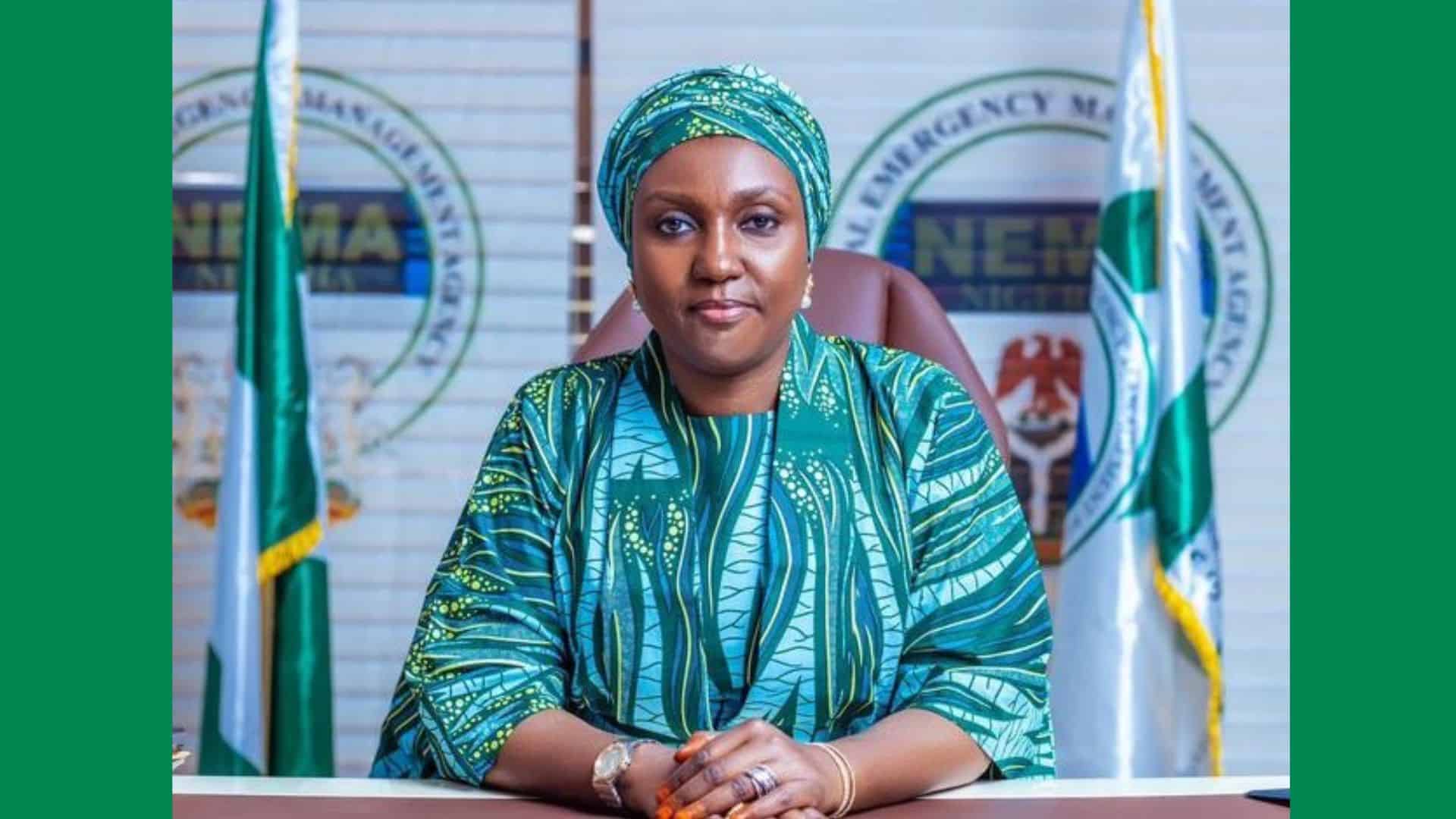
Report on Proactive Disaster Risk Reduction and Alignment with Sustainable Development Goals in Ondo State, Nigeria
Introduction: Advancing Sustainable Development Through Emergency Preparedness
A formal call for proactive and sustained disaster risk reduction measures has been issued to Nigerian states by the National Emergency Management Agency (NEMA). This directive, announced on 10 August 2025, aligns national strategy with key tenets of the Sustainable Development Goals (SDGs), particularly SDG 11 (Sustainable Cities and Communities) and SDG 13 (Climate Action). The announcement coincided with the launch of the Emergency Preparedness Response (EPR) Project in Ondo State, a strategic initiative designed to build resilience against climate-related hazards and strengthen institutional capacity.
The Emergency Preparedness Response (EPR) Project: A Framework for Resilience
A Multi-Stakeholder Partnership for the Goals (SDG 17)
The EPR project represents a significant multi-stakeholder collaboration, exemplifying SDG 17 (Partnerships for the Goals). The initiative is being implemented by NEMA in partnership with the World Bank and select state governments. Ondo State was chosen as one of seven pilot states, a decision based on its demonstrated commitment to proactive governance and existing disaster management frameworks. This partnership model leverages international financial support, national technical expertise, and local implementation capacity to achieve shared sustainability objectives.
Core Objectives and Contributions to the 2030 Agenda
The primary objectives of the EPR project are directly linked to achieving a more sustainable and resilient future. Key goals include:
- Strengthening Early Warning Systems: Enhancing the capacity to predict and disseminate information about impending hazards like flooding and sea incursion, a critical component of climate adaptation under SDG 13.
- Improving Community Resilience: Empowering communities through public sensitisation and infrastructure development to withstand and recover from shocks, directly supporting the target of SDG 11 to make human settlements safe and resilient.
- Enabling Timely and Effective Response: Standardising emergency response protocols to protect lives, livelihoods, and health, which contributes to SDG 1 (No Poverty) and SDG 3 (Good Health and Well-being).
- Integrating Risk Reduction into Policy: Embedding disaster risk management into state-level planning and policy frameworks, thereby building effective and accountable institutions as mandated by SDG 16 (Peace, Justice and Strong Institutions).
Ondo State’s Commitment to Sustainable and Resilient Governance
Proactive Governance for Disaster Prevention (SDG 11 & SDG 16)
The administration of Governor Lucky Orimisan Aiyedatiwa has affirmed its commitment to a prevention-first approach to disaster management. The state’s inclusion in the EPR project was attributed to its deliberate policies on flood control and environmental protection rather than its vulnerability profile. This focus on proactive measures demonstrates strong governance and institutional capacity, which are foundational to achieving SDG 16. Governor Aiyedatiwa stated, “We are intentional and deliberate about preventing emergencies, especially in the area of flood control,” highlighting the mandate given to the Ministry of Environment and other agencies to protect citizens through effective policies and infrastructure.
Addressing Climate-Related Challenges (SDG 13 & SDG 9)
Ondo State is actively addressing specific climate-related hazards through targeted interventions:
- Sea Incursion Management: The government is engaging with federal authorities and development partners to find a sustainable, long-term solution to the recurring sea incursions affecting the Aiyetoro Community. This effort to protect coastal communities and infrastructure is a direct response to the impacts of climate change, aligning with SDG 13.
- Resilient Infrastructure Development: The focus on flood control and coastal risk management involves significant technical and financial considerations aimed at building resilient infrastructure, a core target of SDG 9 (Industry, Innovation and Infrastructure).
Conclusion: A Replicable Model for Integrating Disaster Risk Reduction and Sustainable Development
The launch of the EPR project in Ondo State marks a critical step in operationalising the principles of the Sendai Framework for Disaster Risk Reduction and the Sustainable Development Goals. The initiative’s emphasis on multi-stakeholder partnerships (SDG 17), strengthening institutional capacity (SDG 16), and building community resilience to climate change (SDG 11, SDG 13) provides a robust framework for other states to follow. By prioritising prevention and preparedness, the project serves as a model for creating safer, more resilient, and sustainable communities across Nigeria.
Relevant Sustainable Development Goals (SDGs)
- SDG 1: No Poverty
- SDG 9: Industry, Innovation and Infrastructure
- SDG 11: Sustainable Cities and Communities
- SDG 13: Climate Action
- SDG 17: Partnerships for the Goals
Specific SDG Targets Identified
-
SDG 1: No Poverty
- Target 1.5: By 2030, build the resilience of the poor and those in vulnerable situations and reduce their exposure and vulnerability to climate-related extreme events and other economic, social and environmental shocks and disasters.
Explanation: The article highlights the EPR project’s aim to “improve community resilience” and “safeguard lives and property” from disasters like flooding and sea incursion. This directly contributes to protecting vulnerable communities from shocks that can lead to poverty.
- Target 1.5: By 2030, build the resilience of the poor and those in vulnerable situations and reduce their exposure and vulnerability to climate-related extreme events and other economic, social and environmental shocks and disasters.
-
SDG 9: Industry, Innovation and Infrastructure
- Target 9.1: Develop quality, reliable, sustainable and resilient infrastructure…to support economic development and human well-being.
Explanation: The article states that the EPR project’s scope covers “infrastructure development” and that the state government is implementing “proactive flood control” measures. This focus on building resilient infrastructure to mitigate disaster impact aligns with this target.
- Target 9.1: Develop quality, reliable, sustainable and resilient infrastructure…to support economic development and human well-being.
-
SDG 11: Sustainable Cities and Communities
- Target 11.5: By 2030, significantly reduce the number of deaths and the number of people affected and…decrease the direct economic losses…caused by disasters, including water-related disasters.
Explanation: The entire initiative described in the article, led by NEMA, is focused on proactive disaster risk reduction for events like “flooding and sea incursion.” The goal is to “mitigate the impact of potential disasters,” which directly corresponds to reducing deaths, affected people, and economic loss. - Target 11.b: By 2020, substantially increase the number of cities and human settlements adopting and implementing integrated policies and plans towards…resilience to disasters.
Explanation: The article explains that the project will help selected states “integrate risk reduction into planning and policy frameworks.” Ondo State’s inclusion is due to its “proactive flood control and environmental protection policies,” demonstrating the implementation of integrated plans for disaster resilience.
- Target 11.5: By 2030, significantly reduce the number of deaths and the number of people affected and…decrease the direct economic losses…caused by disasters, including water-related disasters.
-
SDG 13: Climate Action
- Target 13.1: Strengthen resilience and adaptive capacity to climate-related hazards and natural disasters in all countries.
Explanation: The article explicitly mentions that the EPR project is designed to “strengthen early warning systems, improve community resilience, and enable timely response to emergencies such as flooding and sea incursion,” which are climate-related hazards. - Target 13.3: Improve education, awareness-raising and human and institutional capacity on climate change…impact reduction and early warning.
Explanation: A key component of the project is “public sensitisation measures to ensure communities are prepared.” This directly addresses the need for awareness-raising and capacity building for early warning and disaster impact reduction.
- Target 13.1: Strengthen resilience and adaptive capacity to climate-related hazards and natural disasters in all countries.
-
SDG 17: Partnerships for the Goals
- Target 17.16: Enhance the global partnership for sustainable development, complemented by multi-stakeholder partnerships that mobilize and share knowledge, expertise, technology and financial resources.
Explanation: The article details a multi-stakeholder partnership involving a national agency (NEMA), an international organization (the World Bank), and a sub-national government (Ondo State Government) to achieve disaster risk reduction goals.
- Target 17.16: Enhance the global partnership for sustainable development, complemented by multi-stakeholder partnerships that mobilize and share knowledge, expertise, technology and financial resources.
Implied Indicators for Measuring Progress
-
For Targets 1.5, 11.5, and 13.1
- Functioning Early Warning Systems: The article states the project aims to “strengthen early warning systems.” The existence and effectiveness of these systems would be a key indicator.
- Community Resilience Measures: The implementation of measures that “improve community resilience,” such as the specific interventions in the Aiyetoro Community to tackle sea incursion, serves as an indicator.
- Number of States with EPR Projects: The article mentions Ondo is one of “seven selected for the EPR project.” The number of states successfully implementing the project is a direct indicator of progress.
-
For Targets 9.1 and 11.b
- Integration of Risk Reduction into Policies: The article mentions the goal to “integrate risk reduction into planning and policy frameworks.” The adoption of such policies is a measurable indicator.
- Development of Disaster-Resilient Infrastructure: The implementation of “infrastructure development” and “flood control” measures mentioned in the article can be tracked as an indicator of progress.
-
For Target 13.3
- Public Sensitisation Campaigns: The article notes that the project includes “public sensitisation measures.” The number and reach of these campaigns would be a relevant indicator.
-
For Target 17.16
- Existence of Multi-Stakeholder Partnerships: The collaboration itself, described as involving “officials from the Ondo State Government, NEMA, the World Bank, and other partners,” is an indicator of a functional partnership.
Summary of SDGs, Targets, and Indicators
| SDGs | Targets | Indicators Identified in the Article |
|---|---|---|
| SDG 1: No Poverty | 1.5: Build the resilience of the poor and reduce their vulnerability to climate-related extreme events and other disasters. | Implementation of measures to improve community resilience and safeguard lives and property in vulnerable areas like Aiyetoro Community. |
| SDG 9: Industry, Innovation and Infrastructure | 9.1: Develop quality, reliable, sustainable and resilient infrastructure. | Implementation of “infrastructure development” and “proactive flood control” measures as part of the EPR project. |
| SDG 11: Sustainable Cities and Communities | 11.5: Significantly reduce the number of deaths, people affected, and economic losses from disasters. | Proactive disaster management policies to mitigate the impact of flooding and sea incursion. |
| 11.b: Increase the number of cities implementing integrated policies and plans for disaster resilience. | Integration of risk reduction into the planning and policy frameworks of the seven pilot states, including Ondo. | |
| SDG 13: Climate Action | 13.1: Strengthen resilience and adaptive capacity to climate-related hazards and natural disasters. | Strengthening of early warning systems and enabling timely response to emergencies like flooding. |
| 13.3: Improve education, awareness-raising, and human and institutional capacity on early warning. | Implementation of “public sensitisation measures” to ensure communities are prepared for disasters. | |
| SDG 17: Partnerships for the Goals | 17.16: Enhance multi-stakeholder partnerships that mobilize and share knowledge and resources. | The existence of the collaborative EPR project between NEMA, the World Bank, and the Ondo State Government. |
Source: internationalfireandsafetyjournal.com

What is Your Reaction?
 Like
0
Like
0
 Dislike
0
Dislike
0
 Love
0
Love
0
 Funny
0
Funny
0
 Angry
0
Angry
0
 Sad
0
Sad
0
 Wow
0
Wow
0


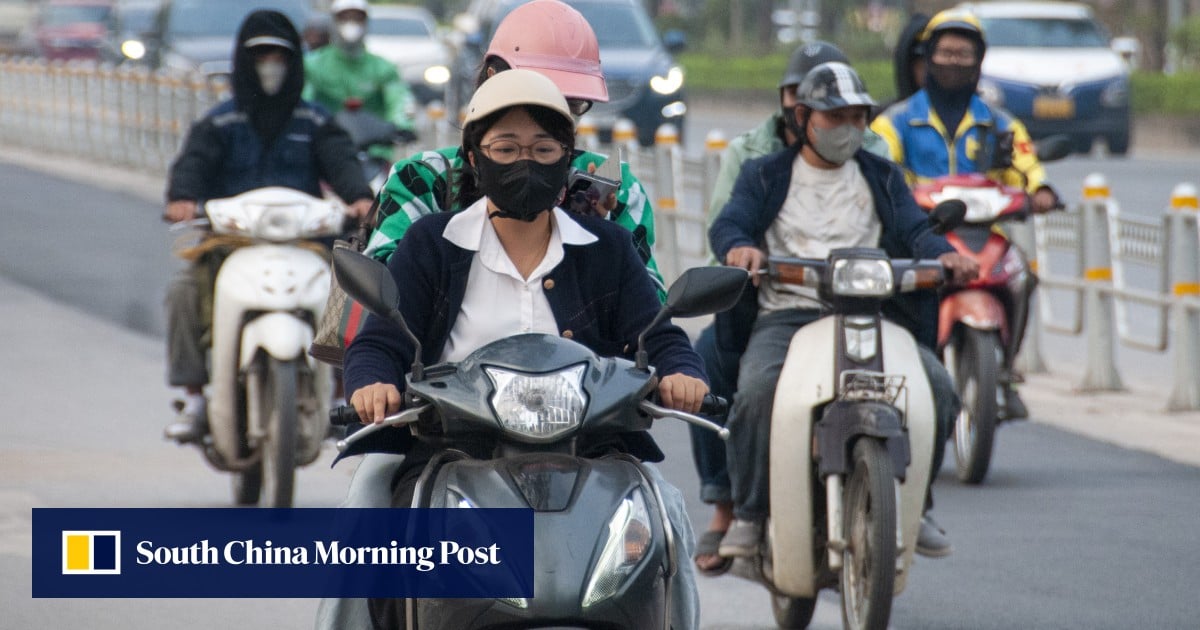






















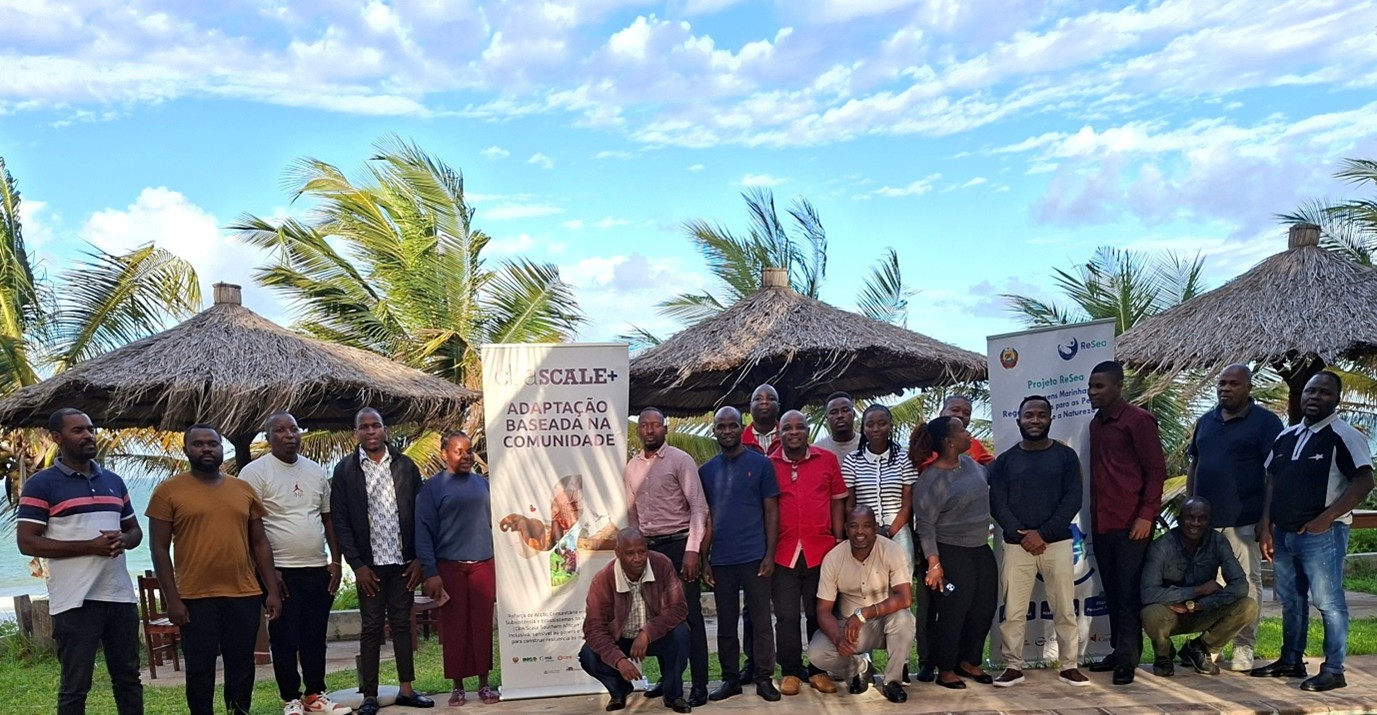









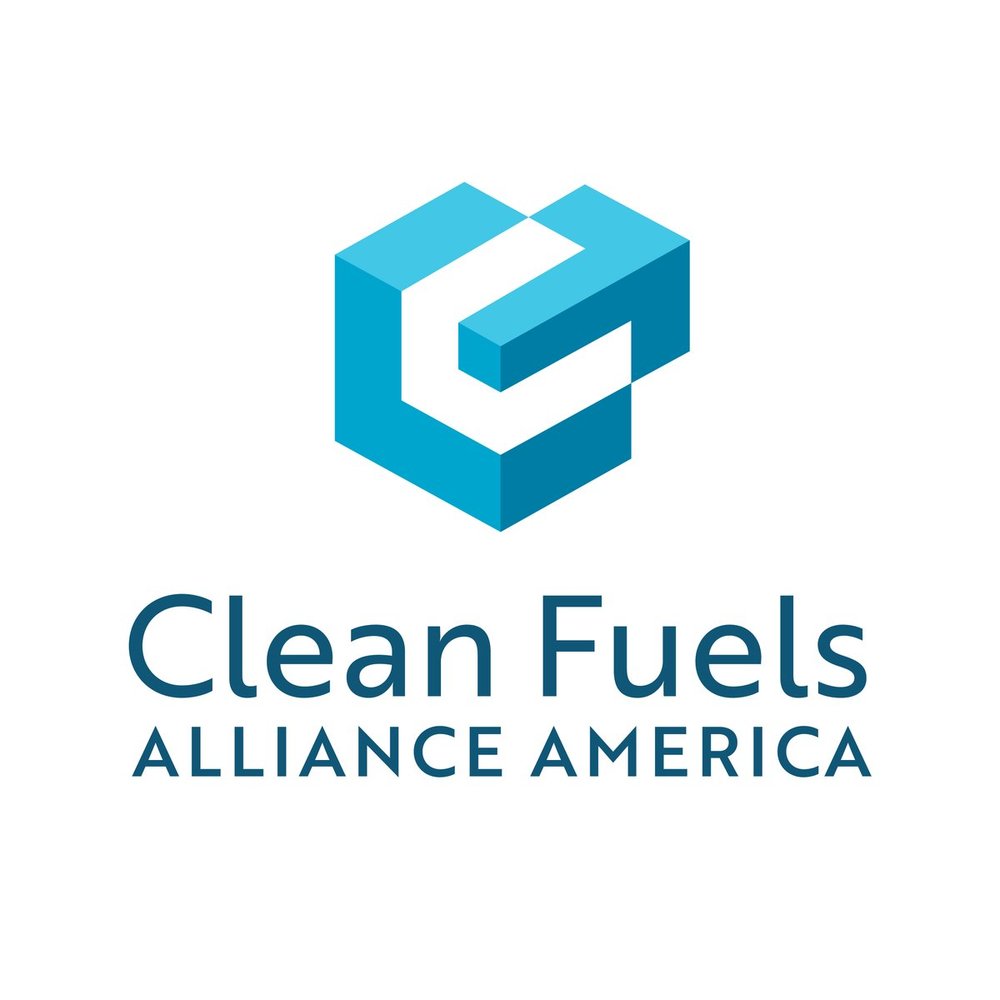
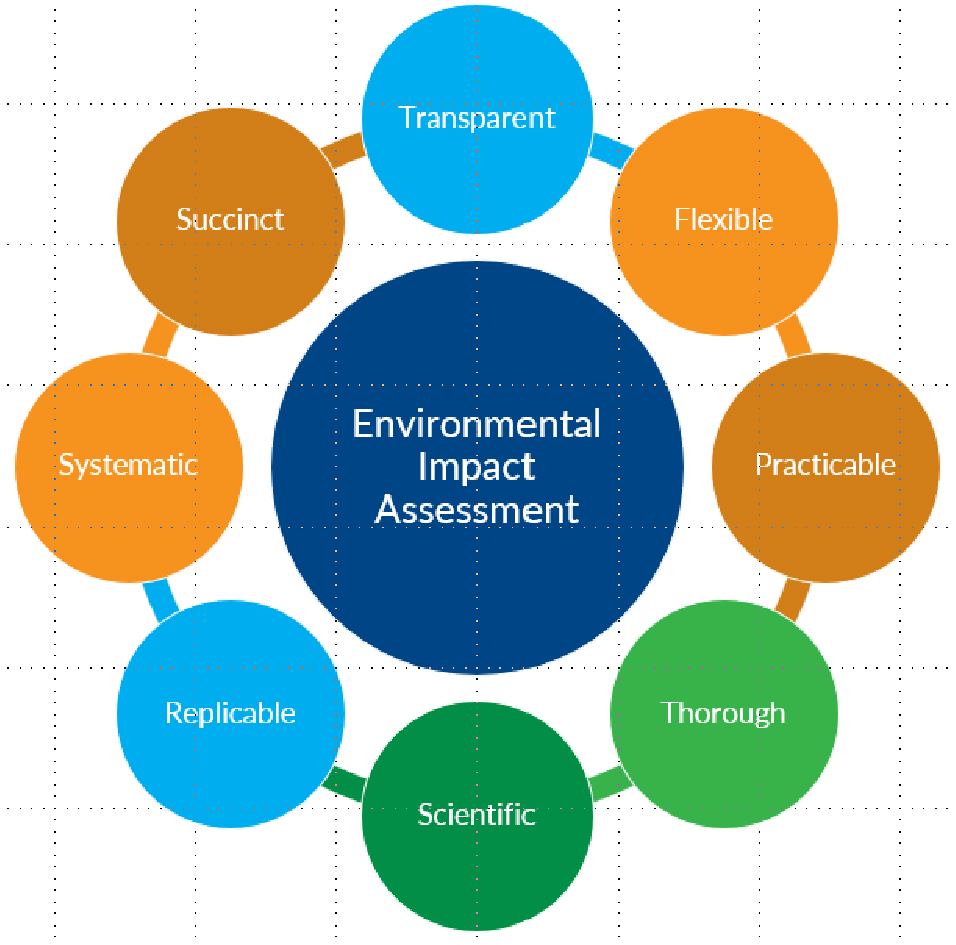


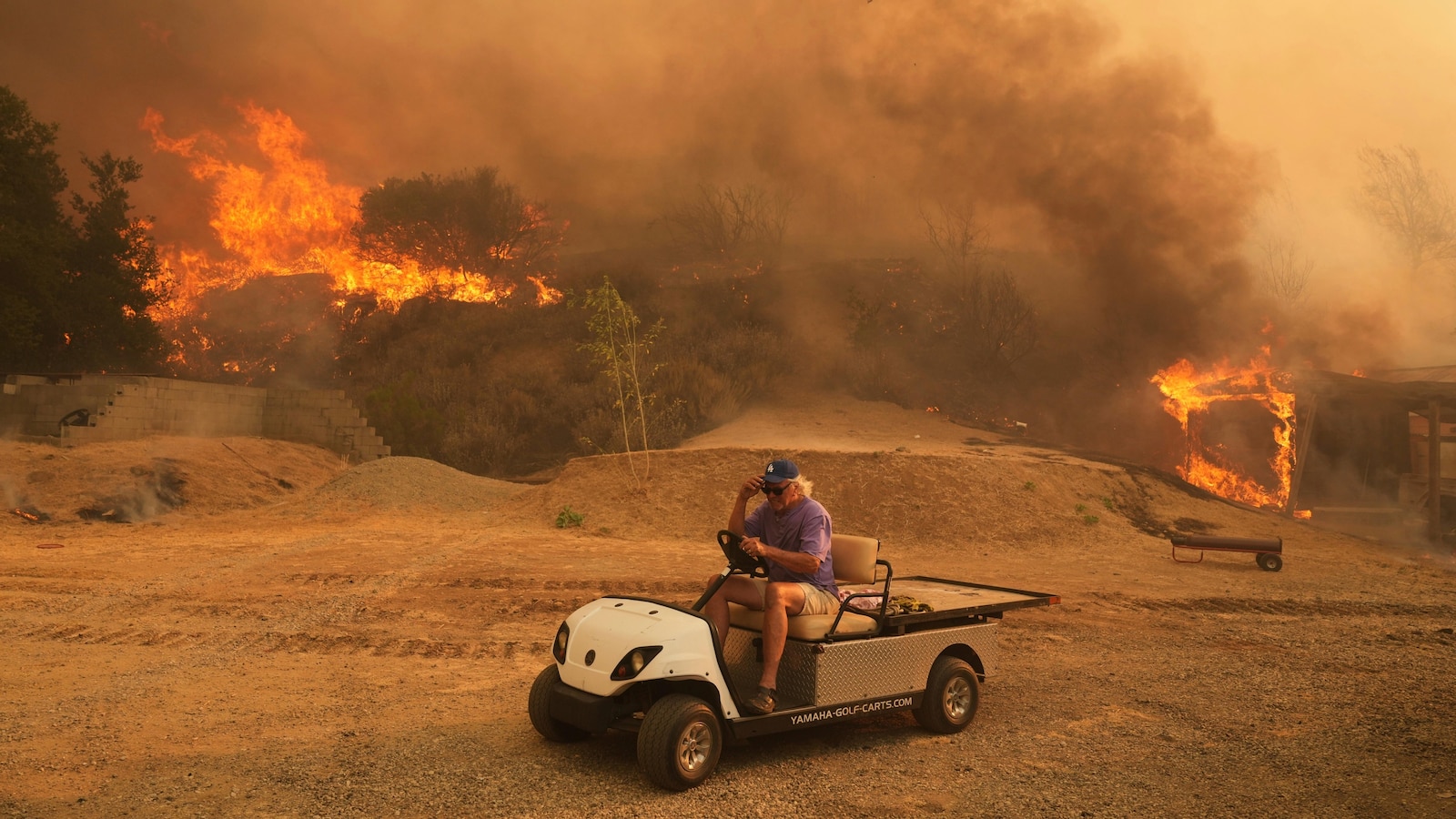


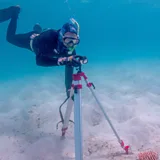
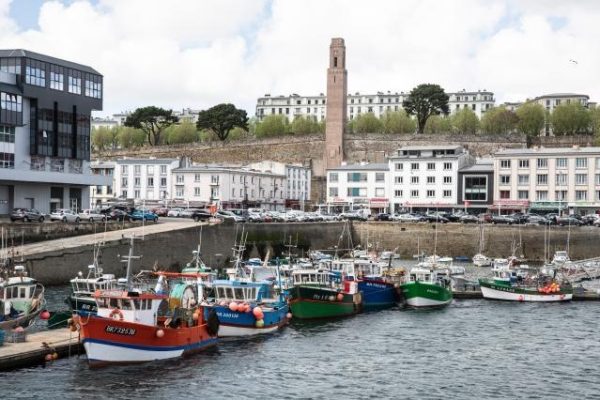






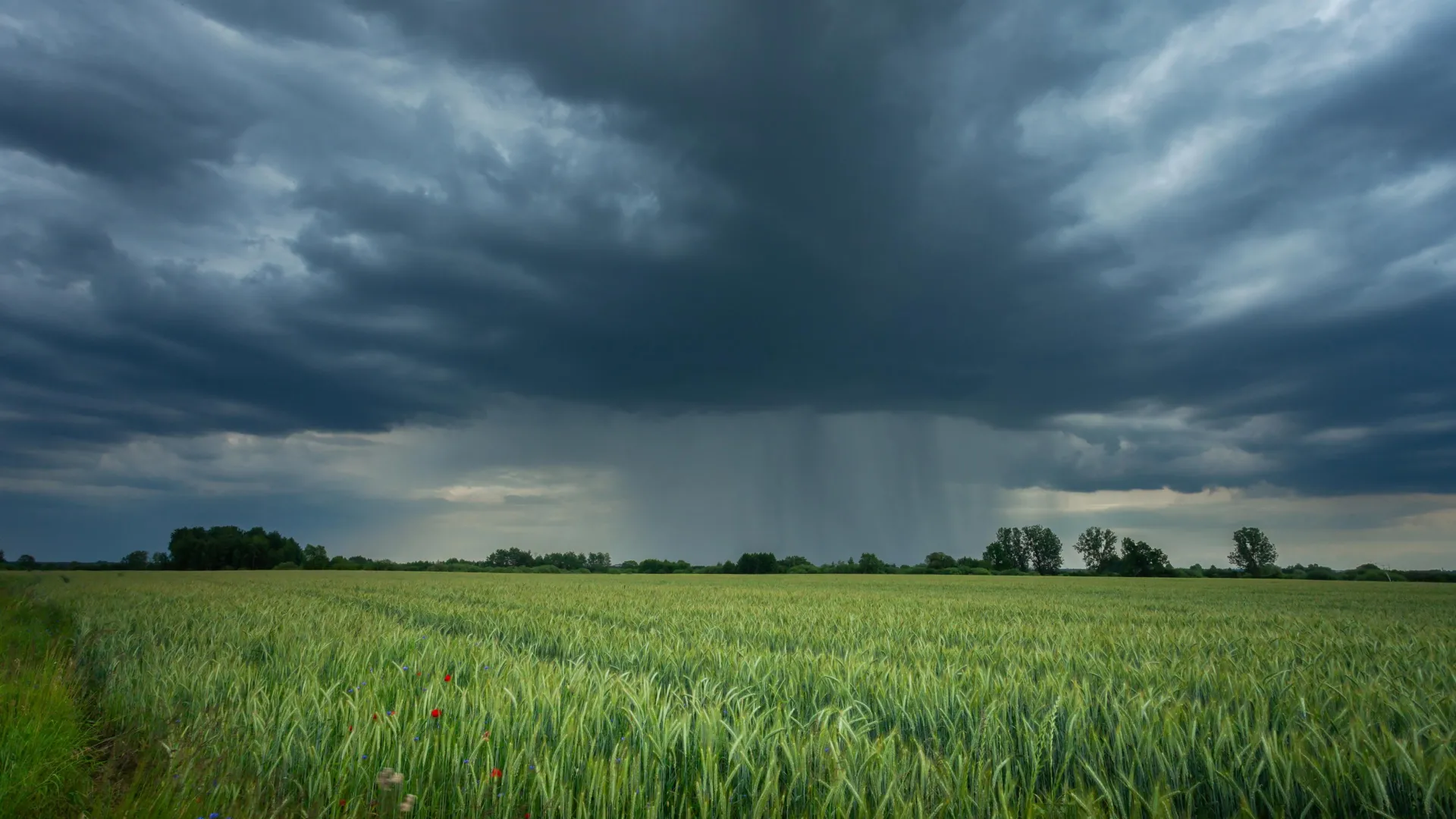

.jpg.webp?itok=0ZsAnae9#)


